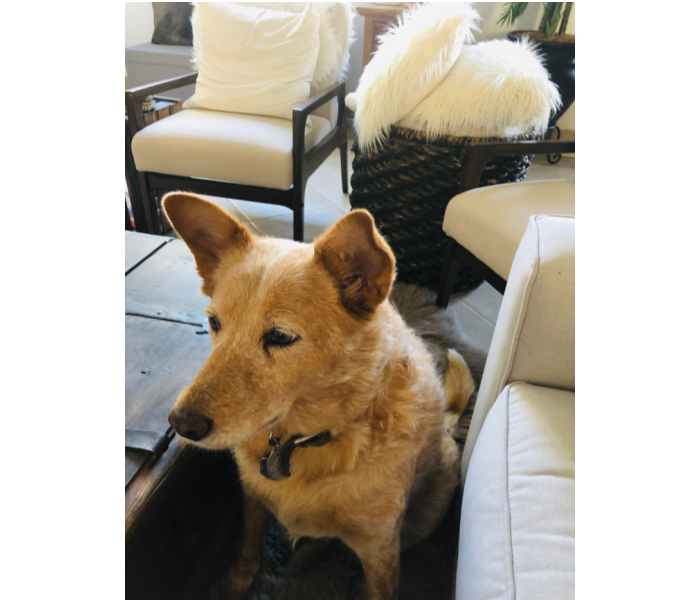Black Mold and your Dog
3/13/2019 (Permalink)
The impacts to our furry friends. From our friends at WAG:
When we find black mold in our homes, we are often surprised. For many people, black mold is found as a result of a home renovation or just moving an appliance that has been in place for many years. People can become sick from black mold for years before they understand what has caused them to be so ill. This exposure to black mold can make your dog sick as well. Much like infants and the elderly, dogs tend to be more susceptible to illnesses related to black mold than their adult owners.
Signs and Symptoms
Symptoms common to black mold exposure appear in other conditions as well. It is easy, as happens with humans, to treat symptoms of black mold exposure in your dog as different conditions or illnesses. If your dog has been exposed to black mold, you may see some of the following symptoms:
Care and Treatment
If your dog is affected by black mold, you will need to do two things. The symptoms of black mold exposure will need to be treated by your veterinarian. Your veterinarian may prescribe antibiotics for symptoms such as bacterial infections in the lungs or on your dog’s skin. Your dog may also be prescribed steroids or other drugs depending on how long their exposure was and how sick the dog is. Your doctors may also request you not return the dog to the home until the black mold has been mitigated. Working in your dog's best interest, it might also be recommended you and your animals say out of the home until removal is complete, because treatment will not help if exposure to mold continues.
The second step of caring for your dog who has after black exposure is complete mold removal. Black mold within your home affects humans as well as your dogs. To continue medical treatment for yourself as well as for your dog and improve efficacy, the mold will have to be completely removed from the home. The Environmental Protection Agency, or EPA, recommends hiring a mold remediation team because of their professional training if the mold discovered in your home covers an area greater than ten square feet, if black mold is caused by contaminated water or sewage, or if you have mold within your air duct system. If you are comfortable removing the mold on your own, be sure to clean the hard to reach spots and do your research on do-it-yourself mold removal to reduce the number of spores released into the air and onto your skin during the removal process.
Risk and Prevention
Dogs who are exposed to black mold can have more serious health problems than some owners face when exposed to black mold. The only way to prevent black mold exposure from recurring is to ensure the mold is completely removed. Black mold can cause serious illness in humans as well as for their pets. If you suspect your dog has been exposed to black mold or if your dog is sick for extended periods of time with no diagnosis and no relief, consider taking him to your veterinarian for testing of mold exposure. Some areas of the United States are more susceptible to black mold growth, such as moist, humid climates where weather brings rain, hurricanes, or flooding often. However, even in a dry climate, a leak from faulty refrigerator water line for an extended period of time could cause black mold growth within your home.
Read more at: https://wagwalking.com/wellness/black-mold-and-your-dog
Tips for Keeping Your Pet Safe From Mold
A good rule of thumb is to develop the habit of keeping anything your pet comes in contact with clean and dry:
What Should You Do If You Spot Mold in Your Home?
If the issue is small and contained, you can usually tackle it on your own by washing the surface with a soap and water solution. However, if you face recurring or widespread growth, hire a professional mold remediation team.
If mold is putting your household’s health at risk, the trusted professionals at SERVPRO® of West Riverside City will put your home on the path to wellness. As leading mold remediation and restoration service experts, we know how to tackle mold growth strategically. Equipped with heavy-duty cleaning tools, our crews will not only remove spots, but also implement solutions to control moisture and prevent the problem from returning.
To arrange fast and effective clean-up, call a helpful representative at 951-351-8033 today. We care about your family and that includes your beloved pets.






 24/7 Emergency Service
24/7 Emergency Service
